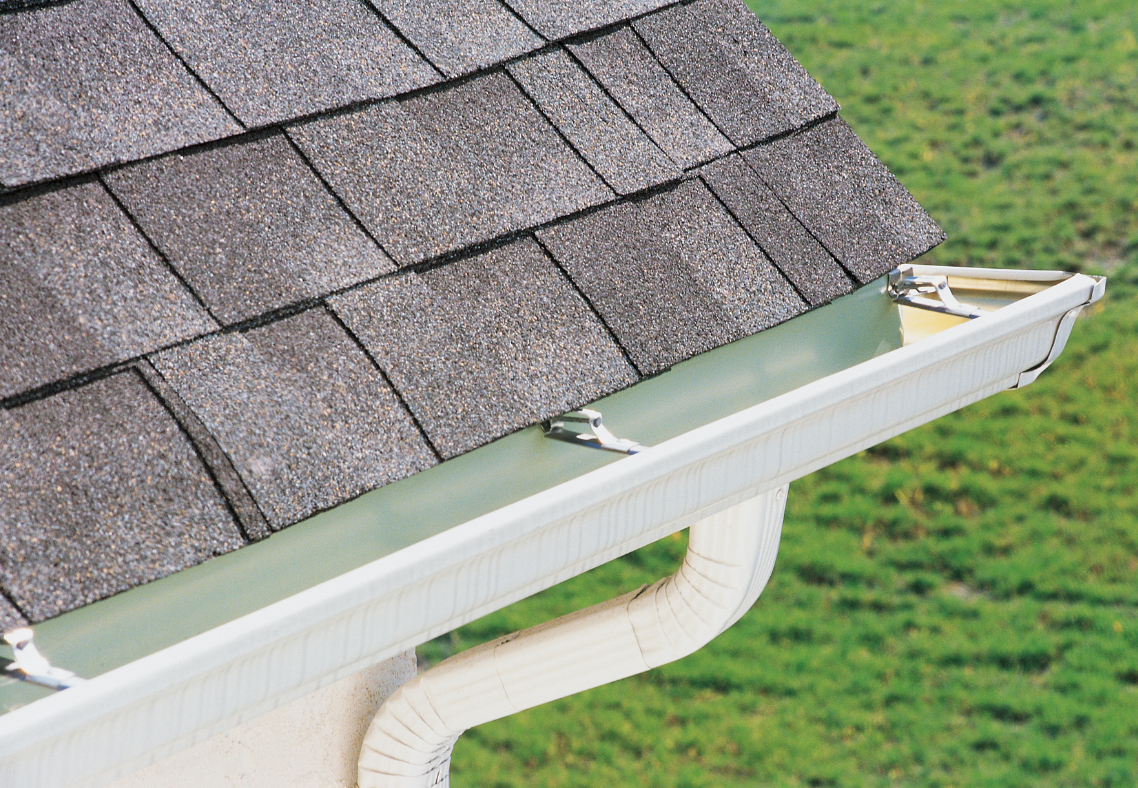How To Measure For New Gutters
Roof Right: Exterior Home Remodeling Specialists in Maryland Contact UsSchedule A Free EstimateSkylights are a fantastic addition to any home, offering natural light, improved ventilation, and energy efficiency. However, with so many options available, it can be overwhelming to decide which type of skylight is right for your home. Whether you’re looking to brighten a dark hallway or improve ventilation in your kitchen, choosing the right skylight depends on your specific needs, roof type, and the room where the skylight will be installed. In this article, we’ll walk through the various factors to consider when selecting a skylight, including the different types available and the features that will work best for your home.
Answering The Question: How To Measure For New Gutters
Step 1: Measure the Length of Your Gutters
The first thing you’ll want to measure is the length of the existing gutters or the length of the area where you plan to install new ones. Using a sturdy ladder, equipped with a stabilizer attachment for safety, carefully climb up to the gutter level. Extend a measuring tape from one end of the gutter to the other and record the measurement. If your gutter is longer than your tape measure, you can mark the spot you stopped measuring with chalk, then continue measuring from that point. Be sure to measure each section of your home’s gutter system and then add all these measurements together to get the total linear footage of gutters you’ll need.
Step 2: Measure the Width of Your Gutters
Next, measure the width of the existing gutters. Take measurements at three key points: both ends and the midpoint. Add these three numbers together and divide by three to get the average width. This process accounts for any slight variations in the gutter’s shape. The width will also help you decide on the type of gutter to install, as wider gutters can handle more water and are better suited for larger roofs or homes in areas with heavy rainfall.
Step 3: Measure the Depth of Your Gutters
Depth is another important factor in your gutter system’s ability to manage water. To measure the depth, start at the top edge of the gutter and extend your tape down to the bottom. Like with the width, measure at both ends and the midpoint, then calculate the average. Keep in mind that K-style gutters tend to have more depth than half-round gutters, making them better at holding larger volumes of water.
Step 4: Measure the Slope of Your Gutters
Gutters need to have a proper slope to drain water efficiently. The standard slope is 1/4 inch for every 10 feet, although 1/2 inch per 10 feet is more common. To check your current gutter slope, measure from the high end of the gutter down to the point where the gutter meets the downspout. A properly sloped gutter should angle downward slightly toward the downspout, ensuring water flows easily. For longer gutter runs, with downspouts at each end, the highest point should be in the middle, with a gentle slope on both sides toward the downspouts.
Step 5: Measure the Shape of Your Gutters
The final step in your measuring process is to determine the shape of your gutters. Most homes have either K-style or half-round gutters. K-style gutters have a flat back and a decorative front that mimics crown molding. They’re capable of handling more water than half-round gutters and are ideal for homes in areas with significant rainfall. Half-round gutters, on the other hand, have a more traditional, rounded appearance and are often found on historic homes. Take note of the gutter profile and sketch its shape, labeling it with the measurements you’ve taken. This will help ensure you purchase the correct size and type of gutter for your home.
Safety Tips for Measuring Gutters
Measuring your gutters can be a DIY project, but it’s important to prioritize safety. Here are some key safety tips to follow while you work:
- Use a Sturdy Ladder: Make sure your ladder is stable and in good condition. A wobbly ladder can lead to serious accidents.
- Avoid Bad Weather: Do not attempt to measure gutters on a windy or rainy day. Wet surfaces can be slippery, and wind can make ladders unstable.
- Protective Gear: Wear shoes with non-slip soles and work gloves to protect your hands from sharp edges and debris in the gutters.
- Use a Ladder Stabilizer: Resting a ladder directly on your gutters can cause damage. Instead, use a ladder stabilizer or standoff attachment to rest against the roof, not the gutter.
- Enlist Help: Have someone nearby to help stabilize the ladder and assist with taking notes or handing you tools.
- Don’t Overreach: If you can’t reach an area, don’t stretch or lean. Always reposition the ladder to avoid losing your balance.
- 4-to-1 Rule: To ensure your ladder is positioned at the proper angle, place its base 1 foot away from the wall for every 4 feet of height you need to climb.
How to Choose the Right Gutter Size and Type
Once you’ve measured your gutters, you can move on to selecting the right size and type for your home. Here are a few factors to consider when choosing your new gutters:
Calculating Roof Drainage Area
To determine the size of the gutters you need, you first need to calculate the roof’s drainage area. Measure the length and width of each roof section and multiply these dimensions to get the area of each section. Add up the areas to determine the total roof square footage.
Consider Roof Pitch and Rainfall Intensity
The steepness of your roof impacts how much water your gutters need to handle. A steeper roof sheds water more quickly, so you might need larger gutters. To account for this, you can use a roof pitch multiplier, which adjusts the total drainage area based on the roof’s slope. Additionally, consider the maximum rainfall intensity for your area, which you can find through online weather resources like NOAA’s Precipitation Frequency Data Server. This will help you decide whether you need larger gutters.
Types of Gutters
- K-Style Gutters: These are the most common, as they can handle a higher volume of water and come in various materials like aluminum, copper, and vinyl. They are also aesthetically versatile.
- Half-Round Gutters: Often used on historic homes, these gutters offer a classic look but may not handle as much water as K-style gutters.
- Materials: Choose from aluminum, vinyl, copper, or galvanized steel based on your budget and aesthetic preference. Copper gutters are the most durable but also the most expensive.
Contact Roof Right For Gutter Installations In Maryland
Measuring for new gutters is an important first step in protecting your home from water damage, but the installation is where the real work begins. If you’re ready to upgrade your home’s gutter system, Roof Right is here to help. We specialize in professional gutter installations tailored to meet the needs of homes in Maryland’s unique climate. Whether you need K-style gutters, half-round gutters, or gutter guards, we’ve got you covered. Don’t wait until your gutters fail during a storm—Contact Roof Right today for expert gutter installations or to schedule a consultation. Protect your home with the best gutters available!
Areas We Serve
If you're looking for a roof contractor in Maryland, give Roof Right a call today at (410)-374-5923 to schedule an appointment!
Carroll County
Howard County
Clarksville, Columbia, Elkridge, Ellicott City, Fulton, Jessup, Laurel, Woodstock
Montgomery County
Baltimore County
Baldwin, Bradshaw, Carney, Cockeysville, Glen Arm, Hunt Valley, Jacksonville, Kingsville, Lutherville, Nottingham, Overlea, Owings Mills, Parkton, Parkville, Perry Hall, Phoenix, Pikesville, Reisterstown, Sparks, Timonium, Towson, White Marsh

